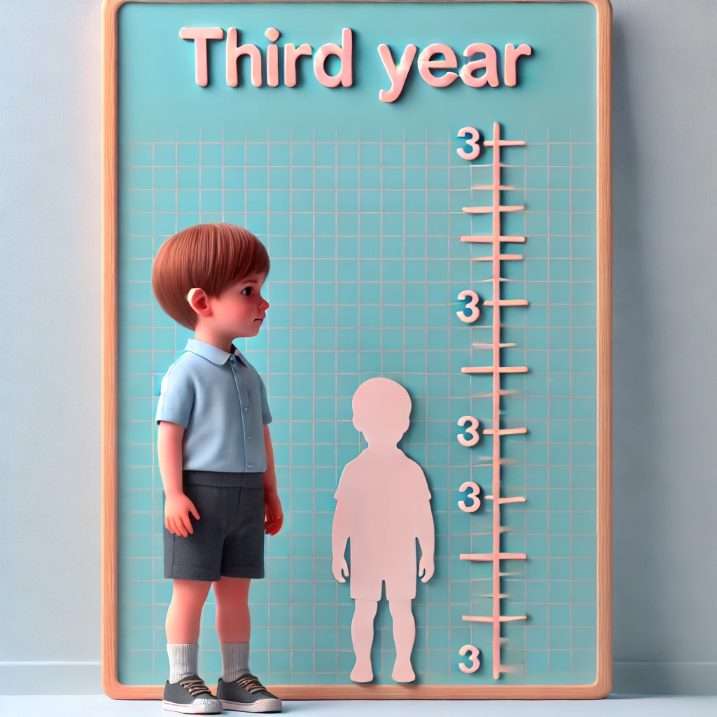Growth Charts
A growth chart is used to track a child’s height and weight over time, comparing their development to standardized percentile curves for healthy growth assessment.
Overview
Introduction to Growth Chart
A growth chart is an essential tool used in pediatric healthcare to track the growth and development of children over time. It helps monitor whether a child is growing appropriately compared to standardized growth patterns.
Components of Growth Measurement
- Stadiometer:
- A stadiometer is used to measure a child’s height or length. The child should stand straight against the stadiometer, with their feet flat, back, and head against the wall.
- Accurate height measurement is crucial for charting the child’s growth on the growth chart.
- Weight Check:
- Weight is measured using an electronic or manual scale.
- The child should be weighed without heavy clothing to ensure accuracy.
- Weight is recorded in kilograms and plotted on the growth chart.
How to Chart on a Growth Chart
- Plotting Measurements:
- Height/Length and Weight are plotted on age-specific growth charts, with age on the X-axis and the measurement (height or weight) on the Y-axis.
- Each point is plotted based on the child’s current measurements and age.
- Percentile Curves:
- Growth charts contain percentile curves (e.g., 3rd, 50th, 97th percentiles) that represent a child’s growth compared to other children of the same age and sex.
- A child tracking along a specific percentile line is generally growing consistently, while significant deviations might indicate growth issues needing further evaluation.
Growth charts help healthcare providers identify potential growth concerns, such as undernutrition, obesity, or abnormal growth patterns, enabling early intervention when necessary
Curriculum
Curriculum
- 1 Section
- 0 Lessons
- Lifetime
Expand all sectionsCollapse all sections


